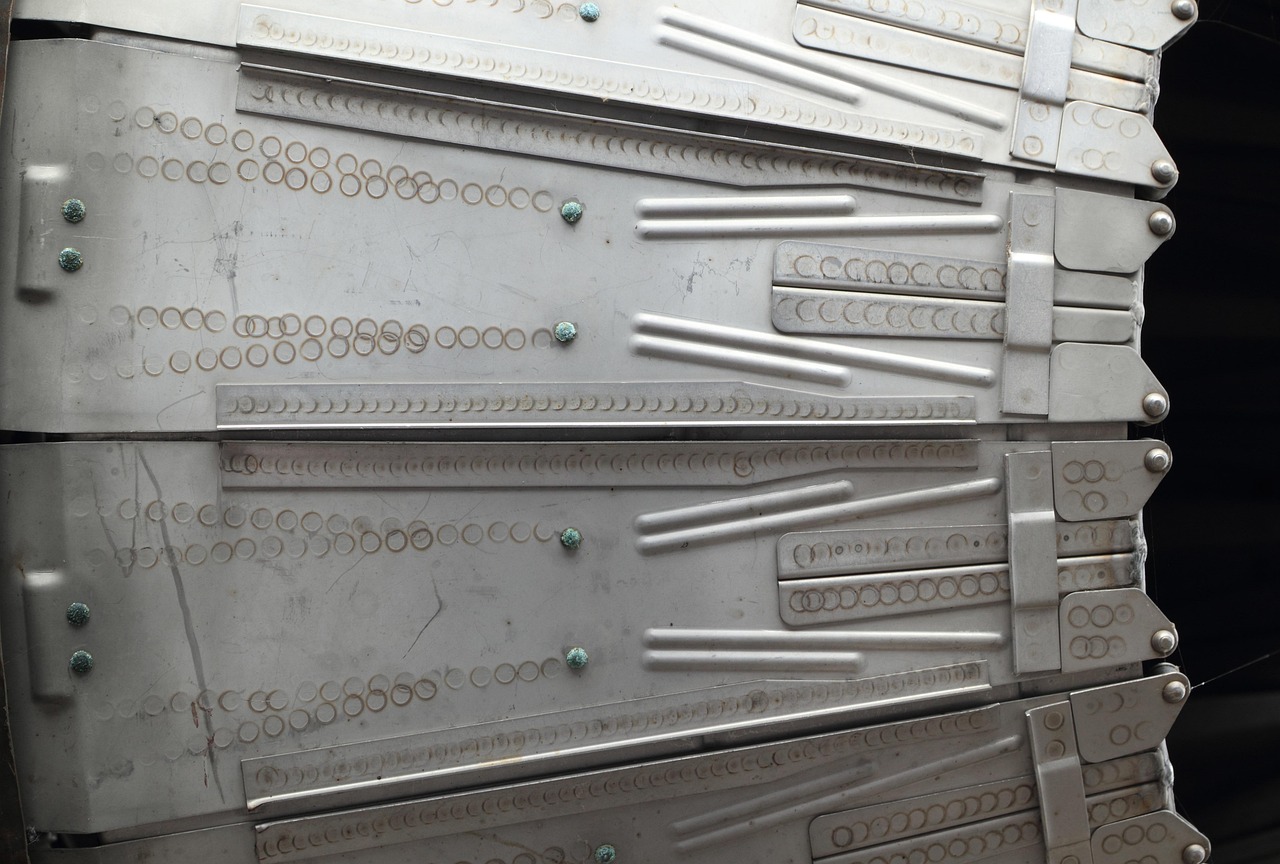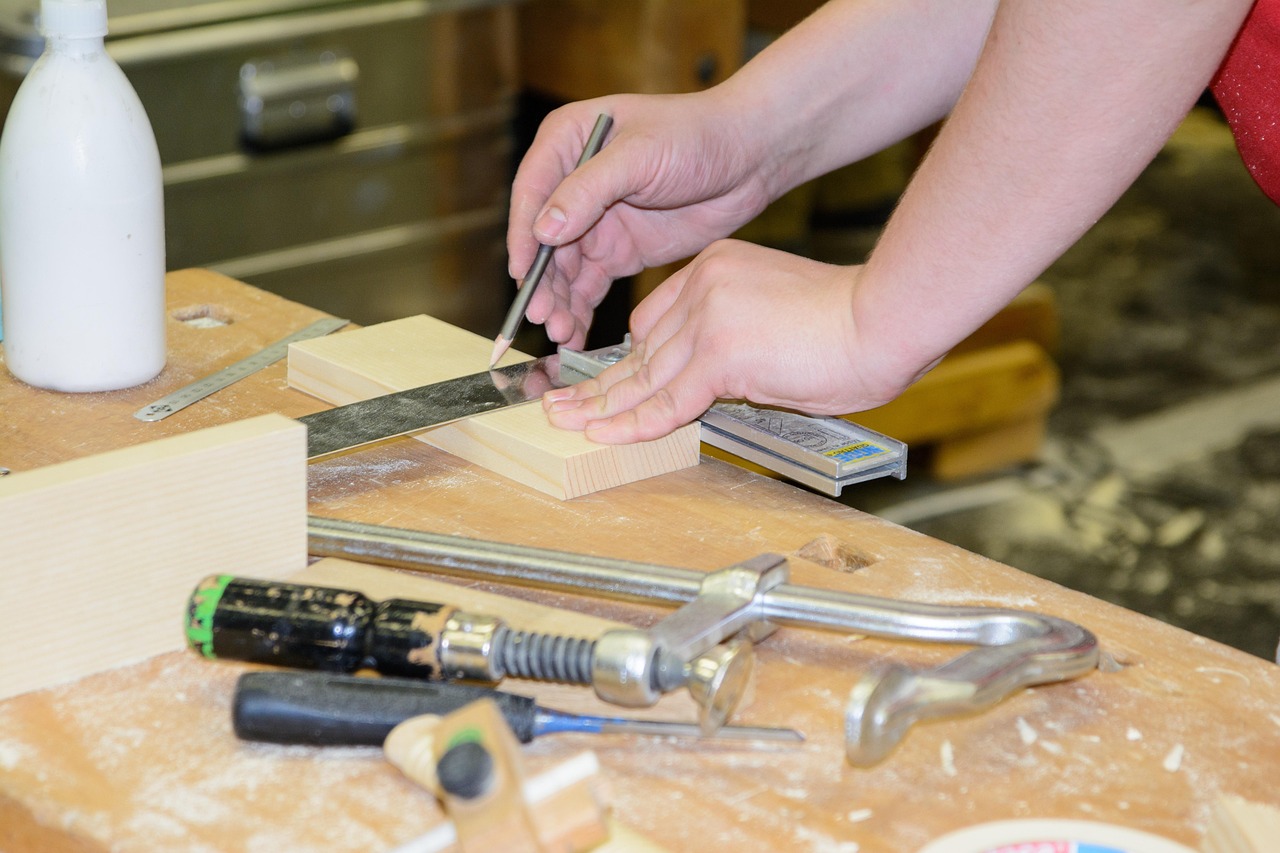NFT-Verified Historical Reenactments: Bridging the Past and Future

In the rapidly evolving landscape of digital technology, Non-Fungible Tokens (NFTs) have emerged as a powerful tool, transforming various sectors from art to gaming. Now, this blockchain-based innovation is making waves in the realm of historical reenactments, offering a new lens through which history can be experienced and authenticated. This integration not only enhances the authenticity of reenactments but also provides a new layer of engagement for audiences worldwide.
Historical reenactments have long served as a captivating way to experience and learn about the past. These events recreate significant historical events, providing an immersive educational experience. Traditionally, the authenticity of such reenactments is reliant on meticulous research and the dedication of participants. However, with the advent of NFTs, there arises an opportunity to document and verify these reenactments with unparalleled precision.
The Role of NFTs in Historical Reenactments
NFTs are unique digital assets verified using blockchain technology, ensuring that each token is distinct and cannot be replicated. This characteristic makes them ideal for verifying historical reenactments. By minting NFTs for specific reenactment events, organizers can secure a permanent, unalterable record of the event’s occurrence, details, and participants.
This verification process serves several purposes:
- Authenticity: NFTs ensure the authenticity of the reenactment by providing a verifiable digital certificate that confirms the event’s historical accuracy and adherence to documented sources.
- Provenance: NFTs can track the ownership and history of costumes, props, and other assets used in reenactments, offering a transparent chain of custody.
- Engagement: Audiences can engage more deeply by owning NFTs related to the event, serving as digital memorabilia that connects them personally to the historical narrative.
Global Context and Implementation
Several historical societies and reenactment groups worldwide have begun integrating NFTs into their events. In countries with a rich tradition of reenactments, such as the United States, the United Kingdom, and Japan, NFTs are being employed to enhance the educational value and draw of these events. By providing a digital certificate of authenticity, NFTs help maintain the integrity of the historical narrative presented.
Moreover, NFTs offer potential for collaboration across borders. For instance, reenactments of globally significant events like the Battle of Waterloo can involve international partners, with NFTs providing a unified platform for documentation and engagement. This fosters a global appreciation and understanding of shared history.
Challenges and Future Prospects
Despite the promising applications of NFTs in historical reenactments, several challenges remain. The primary concern is accessibility, as understanding and using NFTs requires a certain level of technical literacy. Additionally, the environmental impact of blockchain technology cannot be ignored, though efforts are underway to develop more sustainable solutions.
The future of NFT-verified historical reenactments appears promising. As technology becomes more integrated into our daily lives, the fusion of digital innovation with historical education offers a dynamic path forward. By making history both engaging and verifiable, NFTs have the potential to transform how we connect with our past, ensuring that historical narratives are preserved with integrity and shared with authenticity.
In conclusion, while NFTs are still a burgeoning technology, their application in historical reenactments exemplifies the innovative ways in which digital tools can enhance our understanding of history. As more organizations adopt these technologies, the possibilities for enriched historical engagement and education are vast and varied, paving the way for a future where the past is not only remembered but celebrated in new and exciting ways.
















